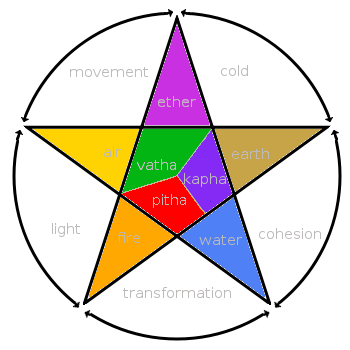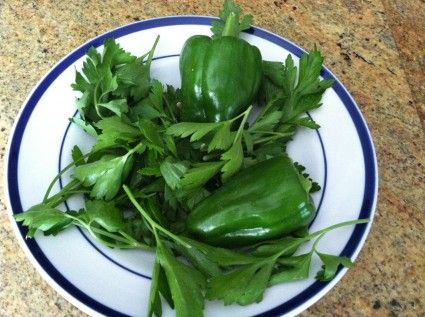Awesome interview with Charlie Knoles, one of the most revered meditation teachers in the West.
5 Tips To Get You Started On A Simple Ayurvedic Cleanse
We have been exposed to Ayurveda and cleanses a bit through our teacher. This post on MindBodyGreen seems to nail the initial steps of starting a cleanse. We have been exposed to brown-rice salads (leafy greens, brown rice, hummus, oil/vinegar) as being good base meals before coming into and out of a cleanse.
According to Ayurveda, your digestive fire has to digest EVERYTHING that you’re exposed to: all of the sights, smells, sounds, tastes, and exposures through the skin. It also has to digest all the emotions and thoughts that arise from everything that you’re exposed to. This is a tall order, and most of us experience some toxic build-up that leads to blocked channels in the body and imbalances in our health.
A one-week food-based home cleanse can be summed up in the following 5 easy steps:1. Start a kitchari diet.Kitchari is an easy-to-make and easy-to-digest complete meal, made with rice, yellow mung dal, spices, clarified butter and vegetables. For one week, eat this for all of your meals, and you will see the cleansing and simultaneously nourishing effect that it has on your body.2. Avoid snacks.This is the best way to reset your digestion, remove toxins, and even lose weight! But you don’t need to starve yourself. If you’re hungry, have warm, cooked foods that use the same ingredients as kitchari: rice porridge, steamed or stir-fried veggies, etc. Just remember that your digestion will work best if you give it at least five to six hours between meals.3. Sip hot water and detox tea in the morning and throughout the day.This also helps reset the digestion and cleanse toxins. Staying well hydrated is key. If needed, also drink room temperature water to ensure you get plenty of fluids. Be sure to avoid ice, cold drinks and caffeine.Learn more — HereVia MindBodyGreen and Premal Patel




